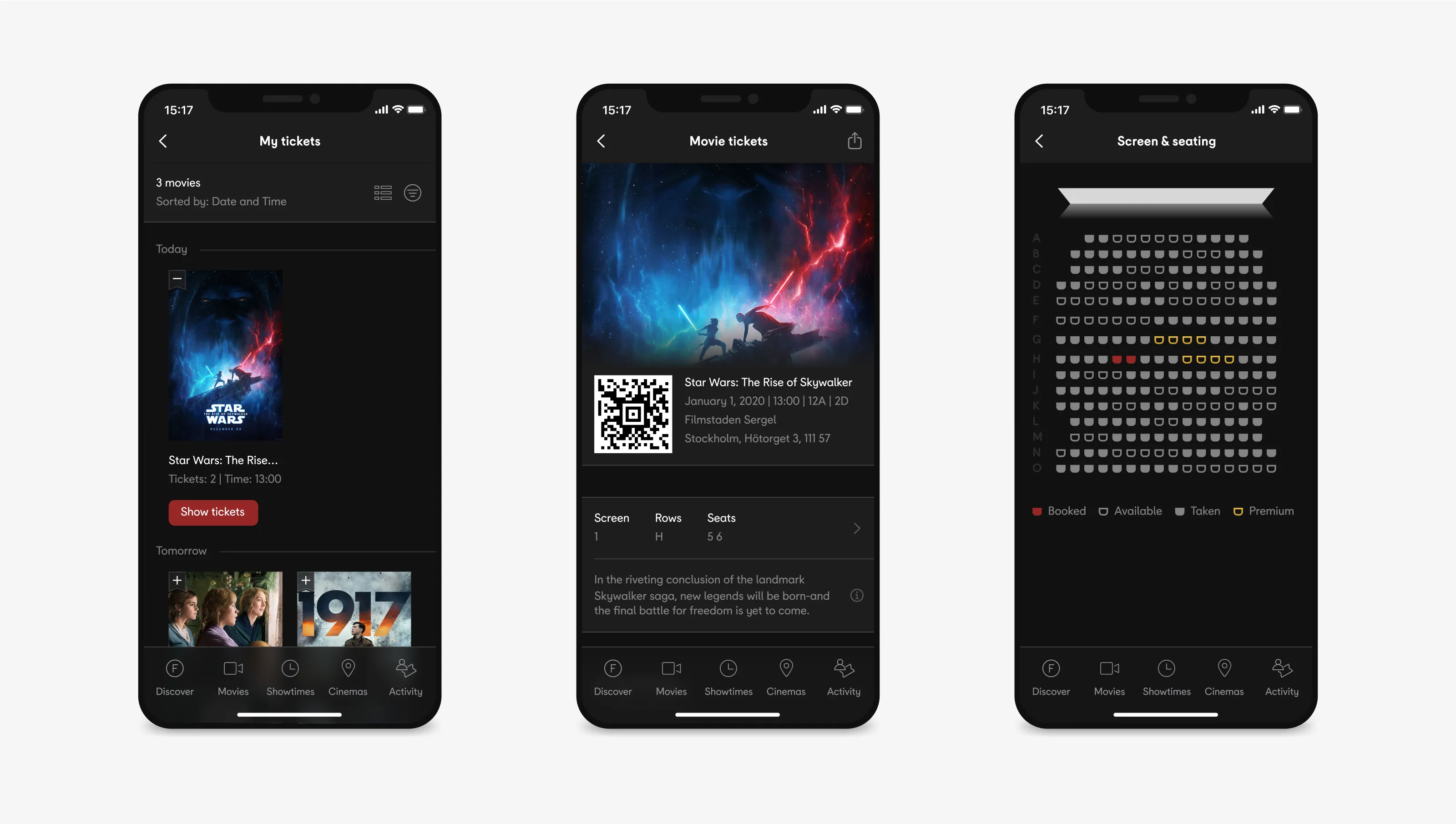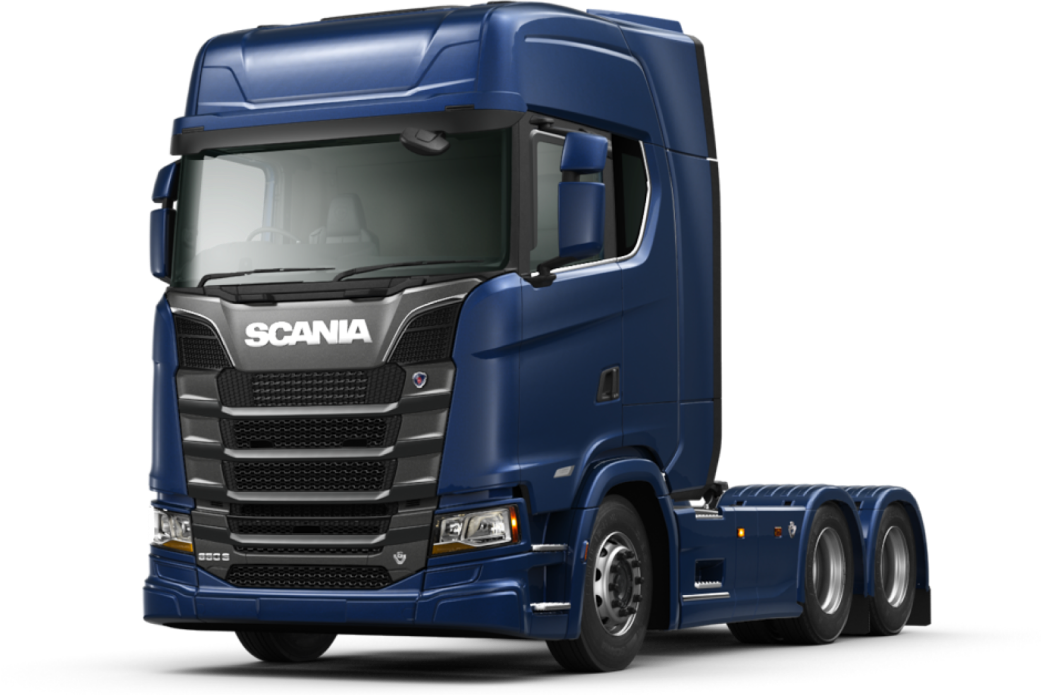Lead with benefits before effort
Add a benefits-forward entry screen with concise copy, preview of rewards, and FAQs. Because motivation rises when users see value before forms.
Shorten and sequence the sign-up
Break long forms into guided steps with progressive disclosure, inline validation, and persistent progress. This reduces abandonment and cognitive load; preserves momentum.
Separate concerns in “My Pages”
Reorganise IA into clear sections: Rewards, Activity, Tickets, Account; with quick actions above the fold. So that frequent tasks become fast and users don’t hunt through mixed content.
Contextual purchase prompts
Surface ticket and snack prompts at moments of intent (e.g., after checking points or activity). This increases attach rate by meeting users where motivation is highest.
Error handling and recovery
Specific error copy, saved progress, and obvious recovery paths. This protects user effort and reduces drop-offs from avoidable errors.
Platform parity with native feel
Shared patterns and behaviours adapted to iOS/Android conventions. In order to have consistent mental models without breaking platform expectations.


